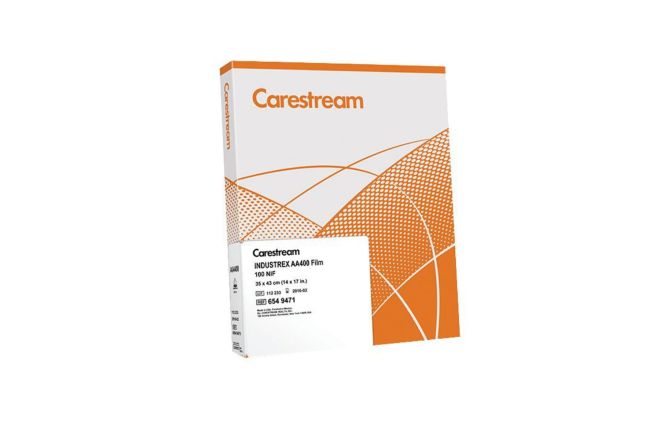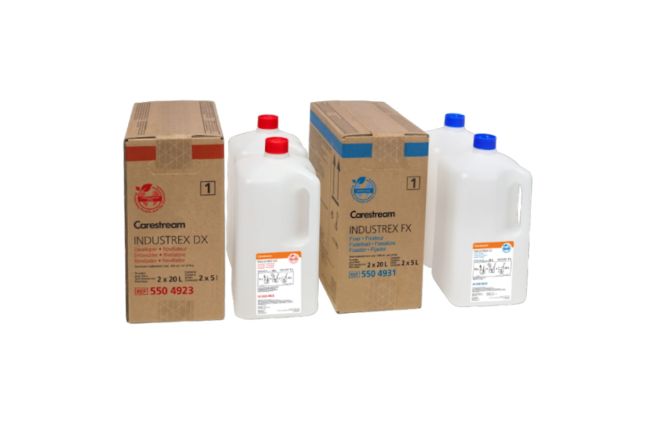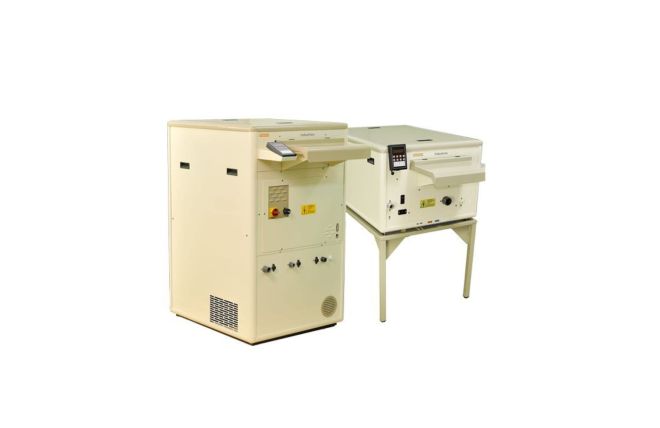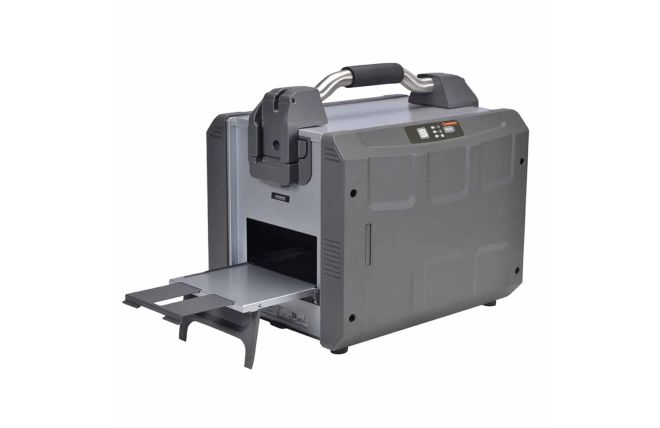Radiographic
The natural fit between Carestream industrial equipment and Sonatest NDT expertise is an obvious one. Our ability to supply the industrial film, chemical, and digital system needs of the UK and Ireland NDT industry is underpinned by our reputation for technical knowledge, standards, and service excellence.
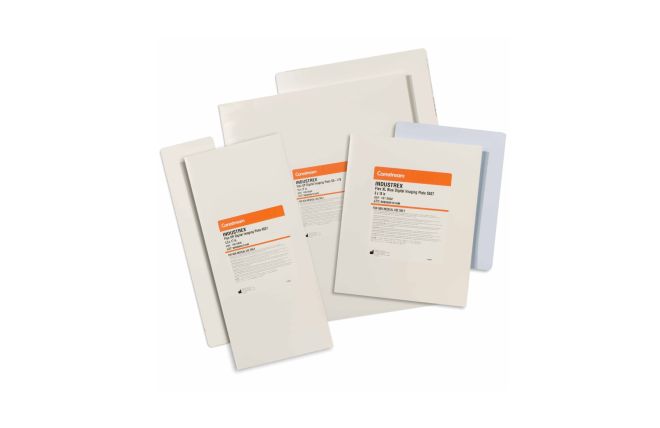
Carestream
At Sonatest, we understand the specific needs of our customers and are uniquely qualified to provide them with quality Carestream products that suit their material and equipment requirements perfectly. Add to this our commitment to 24hr delivery and a film cutting service, and it’s clear our partnership is a powerful one. Our range ensures compatibility with a wide range of radiographic methods and certification standards.
Radiographic FAQs
Radiographic testing (RT) uses penetrating gamma rays or X-rays to capture images of internal structures. The primary types of radiographic testing are:
- Conventional Radiography: Uses film to record the image of the test sample, which are later developed in a darkroom, creating a permanent record
- Digital Radiography: Utilises digital detectors that directly capture data and instantly provide images on a computer, enhancing the speed and efficiency of the analysis
- Computed Radiography (CR) / Computed Tomography (CT): Offers cross-sectional views of the object by combining several digital X-ray images taken from different angles, producing a permanent record for inspection and documentation
The main hazards associated with radiographic testing arise from exposure to ionizing radiation, which includes gamma rays and X-rays. These radiations can be harmful if proper safety measures are not observed, potentially leading to radiation burns or long-term health issues like cancer. It is critical to follow strict safety protocols, use adequate shielding, and limit exposure time to mitigate these risks.
Non-Destructive Testing (NDT) is a broad category of inspection methods that assess the integrity and properties of materials or structures without causing damage. Radiographic Testing (RT) is one of the methods under the NDT umbrella. While NDT includes various techniques such as ultrasonic testing, eddy current testing, and magnetic particle inspection, RT specifically uses X-rays or gamma rays to view the internal features of an object without altering it physically.
Radiographic Testing, while powerful, has several limitations:
- Access and Exposure: RT requires access to both sides of the test object to position the radiation source and detector
- Safety Concerns: Due to the hazards associated with radiation exposure, extensive safety measures, training, and compliance with standards are necessary
- Surface Preparation: RT is less effective at detecting surface defects compared to some other NDT methods better suited for this purpose
- Cost and Speed: Especially in traditional film-based radiography, the process can be time-consuming and costly due to film processing and developing
By adhering to safety guidelines, following standards, and understanding the limitations, radiographic testing can be a highly effective tool for internal inspection in a wide range of industrial applications, producing permanent records and images that support quality and compliance.
